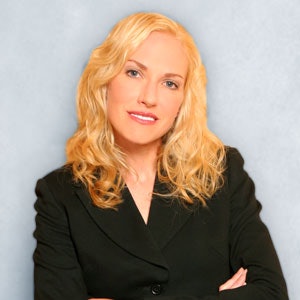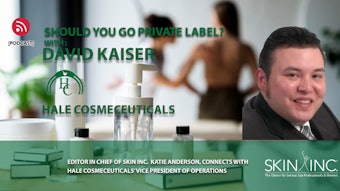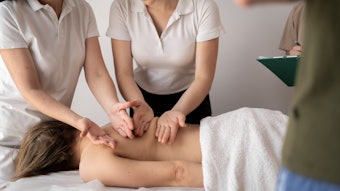
In the spa industry, there is a lot of room for analyzing revenues based on the type of spa and where the spa is primarily located. For instance, a medical spa has a different footprint than a resort spa. Furthermore, some spas are considered an amenity with no income expected from that portion of the property. Micro-spas where there are one to five workers is also different in that the owner is typically also a full-time technician. For the sake of this article, the focus will be a day spa with 25 employees.
Typically, spas are bleeding money. Areas that can cause major money loss in the spa include:
- Inefficiency in treatment product,
- Selling retail that doesn’t move,
- Offering a menu that is similar in size to War and Peace,
- Poor equipment purchases,
- Insufficient training,
- Waste from treatments and the retail area,
- Product loss from shoplifting and
- Pay structures that don’t make sense to anyone but the technician.
The audit of a spa can be dizzying.
Wasting Away the Backbar
Backbar product used for services is a primary issue. Consider someone receiving a mud pack. When there is a gallon-sized container for the technician to draw product from for each service, it is reasonable to assume that the technician will use varying amounts of product. This is true even if the technicians have been trained extensively on the service.
Consider utilizing a system where back bar is pre-measured into containers labeled for each service. This may seem tedious and unnecessary; however, this practice will save noticeable amounts of spent revenue if consistently observed.
Training in Retail
Estheticians and especially massage therapists often are not good at promoting home care. They have just given a professional treatment that will make dramatic results if the spa-goer continues the routine. Spas typically offer a commission on retail sales to therapists. This can range from 5% to 20%. Clearly, the higher percentage helps to transform the technician a bit. They may sell retail or even increase the retail sale percentages.
Nonetheless, technicians are primarily focused on the tip. As a consultant, I have actually heard complaints from technicians that a retail sale means a degraded tip, thus discouraging them to want to make any sales. Have you considered a no-tip policy?
Educate, Consult and Sell to Success
This is a hands-down problem across the board. Massage therapists, at best, make the occasional sale of one retail item. Educated estheticians could sell 50% of the cost of the service. Of course, this figure can be much lower. Truly skilled estheticians can sell dollar for dollar, $120 for the facial and $120 for home-care retail items.
Training in product knowledge is the beginning. Explain to the professional technician that prescribing care is a must. It is their responsibility to teach the spa client how to take care of their skin and body. Imagine going to a general practitioner and being told nothing about your health and how to improve it. While you should still set sales goals, it is more important to reinforce, drive and encourage whole body education.
Retention and Referrals Over Advertisements
The cost of advertising to catch just one client is astronomical. Add to this metric that while clients oftentimes never come back, they also don’t serve as walking billboards for your spa. This means zero retention. This combination brings your spa marketing program back to the beginning of time when your spa was spending a lot of resources to capture clientele.
Retention refers to clients that came to your spa and felt it was a good life change to incorporate the practice into their lifestyle. Referral means that the client was overjoyed. Sometimes referrals can be encouraged with some sort of promotion like bring a friend and one client is free or bring five friends over a period of time and receive a free service or add on. Good clients bring in good clients. Advertising brings in random clients, or worse, coupon hunters.
If you don’t audit your spa consistently, you won’t know what to keep and what to cut. You will have no idea about optimal price points. In short, the audit at the spa is akin to taking your pulse. Do it frequently so your spa isn’t another fatality.











